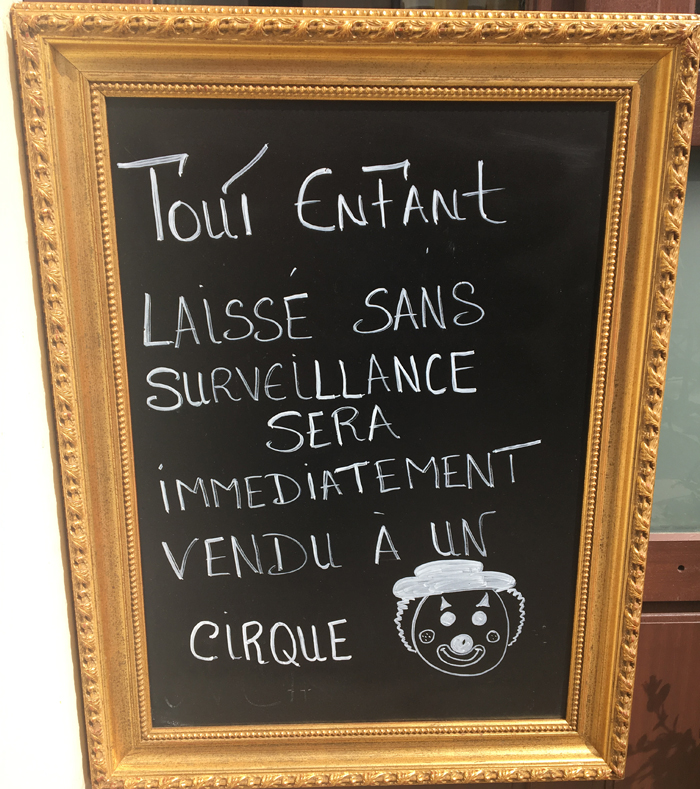Hosted by the ITI French Network
We all know that a literal translation of French into English often gives a stilted rendering. But what exactly makes the English translation feels woolly? Canadian translator Joachim Lépine opened our eyes to the syntactical differences between French and English sentences in his fascinating and practical virtual workshop on 20 May. The 60 people who attended the workshop live were raring to go, and were all very keen to contribute translation suggestions for the various examples provided by Joachim. More than 100 people registered for the event in total, enabling those who didn’t attend live to catch up later.
Meandering through the detail, with a little added background, preferring to first explore the context and proceed later to the main affair, suits French prose… But why does this sentence structure feel wordy in English? It’s because English sounds better when the style is more direct, and because we expect events to be ordered chronologically in English: event + consequence. Snappy English writing is like an action film, with a logical flow of events and sentences pointing the reader towards the next sentence. Similarly, don’t be tempted to imitate the French syntax for comparisons: they should be explicitly ordered in English, and not be muddied with multiple synonyms.
Joachim provided plenty of example sentences for us to get our teeth into, and the syntactical differences between French and English sentences crystallised as we identified the key elements of each style. By making sure that you respect these stylistic differences and include vivid, idiomatic imagery (see previous italics), you can make your English sentences pop. English has a wealth of wonderfully descriptive verbs and idioms, so let’s make full use of them.



